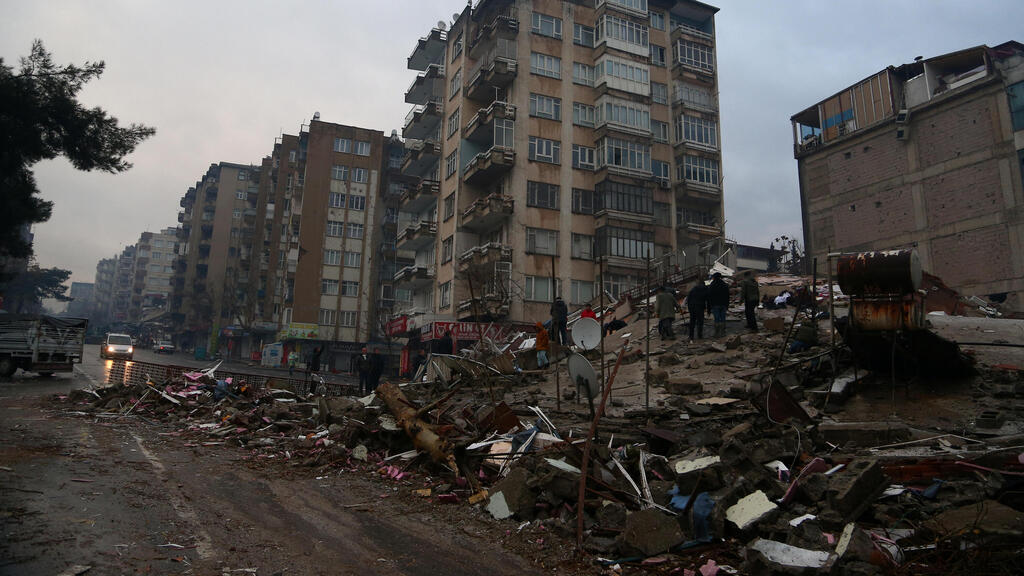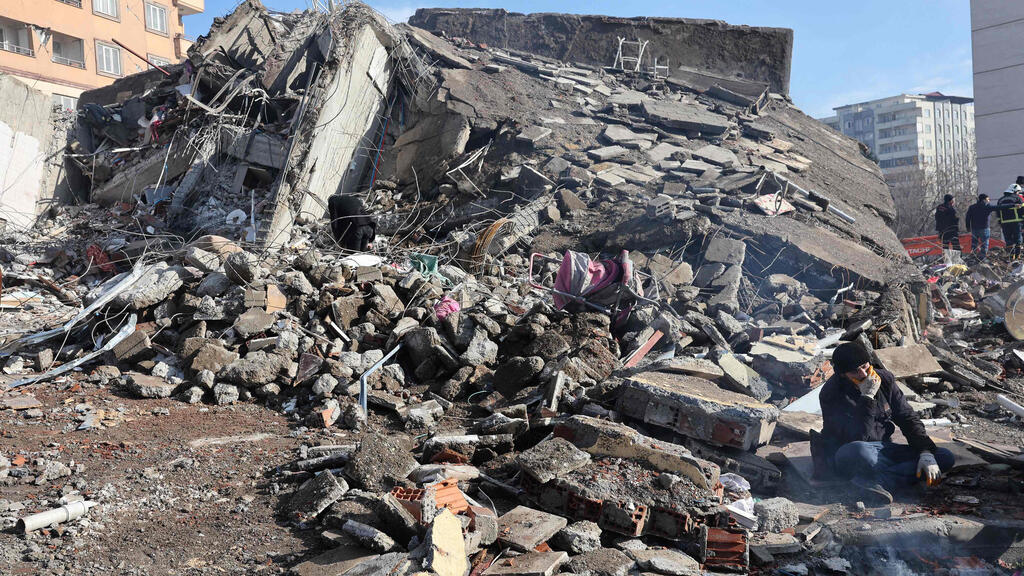Getting your Trinity Audio player ready...
As the world reels from the images of destruction in the areas of Turkey and Syria, hit by a massive earthquake on Monday, scientists point to studies showing the advantages of trees in mitigating damage caused by a quake.
The presence of trees, both in agricultural lands and urban spaces alike, provides benefits such as shade, lower temperatures, air purification and a habitat for plants and animals but their ability to protect from injury during such a natural disaster must also be understood.
Studies have shown that tree and plant roots assist in scattering seismic waves in the earth, thus mitigating their force above land. At the same time pressure and vibrations are released upwards through tree tops,
In fact, experts have recommended that trees be planted around buildings in areas prone to quakes so that they may prevent the collapse of structures, which is the main cause of injury.
The earthquakes in Turkey and Syria raised some apprehension in Israel, that a major earthquake could take place at any time after one was expected every 100 or so years, and the last major event was in 1927.
On Monday, Prime Minister Benjamin Netanyahu order a special meeting to be convened to assess Israel's preparedness for such a catastrophic event.
The vast majority of earthquakes occur from heat originating at the earth's core which moves towards the surface, heating the rock material around the core, beneath the earth's crust thus putting pressure on the earth's tectonic plates causing them to move as an exorbitant amount of energy unleashed causes seismic waves. The quake we feel is the earth's release valve.
A building collapses in Turkey
Earthquake readiness includes advanced warning systems and personal protection procedures, like getting out of buildings and standing out in the open, where one is least likely to be struck by concrete, debris, or anything else that's collapsing at the time.
Israel's urban renewal projects help construct buildings that are up to code with enough structural integrity to withstand earthquakes.
An earthquake mostly topples manmade structures, while natural ones tend to stay where they are, even when powerful earthquakes occur. That's because plants are very flexible because of the way their cells align, enabling pressure to be released. Moreover, their roots allow them to disperse seismic waves effectively.
French physicists have conducted a that shows that structures could be mostly isolated from the damage of seismic waves if they are located behind a row of trees, as the waves are absorbed away from the earth's surface.
The same research shows that in a forest, where trees vary in height, you naturally gain better protection from a wide range of frequencies of seismic waves, so it is advisable to protect buildings by planting trees at different heights all around.
As humanity persists in building more and more skyscrapers and complex types of infrastructure such as power plants and water desalination plants, it would be highly recommended to understand the importance of some natural protection that could save many lives.
Professor Adi Wolfson is a researcher at the Academic College of Engineering







